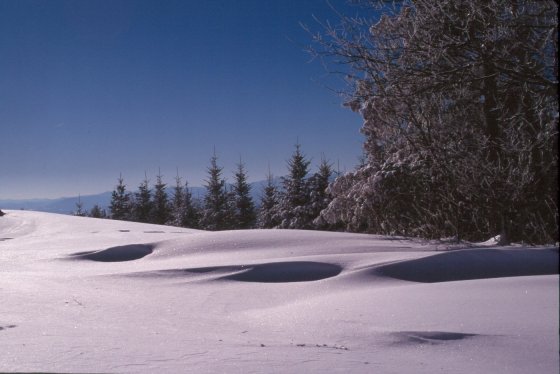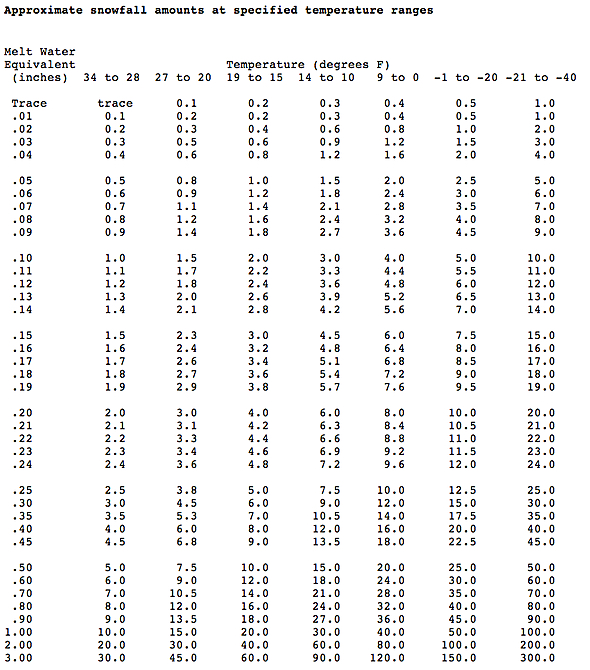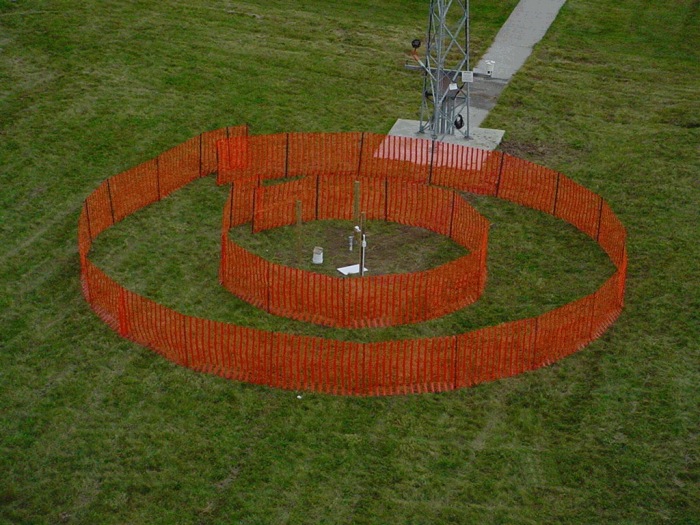It’s spring, which, in Michigan, means lots of rain. Maria and I were driving home in the rain earlier this week when she asked me a question I’d not really thought about: “How much snow would this rain be if it were much colder?” My answer was about 3 inches, but I couldn’t remember why that was my guess. So I started looking, which led me down a rabbit hole of snowfall predictions.

The amount of snow that an equivalent amount of rain would produce depends mostly on the temperature. The National Weather Service actually has a chart showing these exact ratios. And here it is in all its boring, monotype glory:

So, around freezing, the amount of snow would be about ten times the amount of rain. At 0º F, it’s about 40x. That’s crazy! The Detroit area received about 1.5 inches of rain on March 24, 2016. That would have been about 15 inches of snow at freezing, or about 30 inches of snow at 17º F. WOW.
I had no idea that the amount of water in an inch of snow was so little. I mean, it makes sense when you remember that snow crystals are mostly air and it’s not like they lay flat on top of each other. They’re all jumbled up. It also makes sense that the colder it is, the fluffier the snow, and the more inches of snow you get for an equivalent amount of water.
Thinking about that crazy amount of snow you’d get from the equivalent of 1.5 inches of rain got me thinking about just how often snow forecasts are wildly inaccurate. Like, when it rains, it doesn’t make a huge difference to your average person if you get 1 inch of rain or 1.5 inches of rain. But for those same amount of water, you can get a 5 inch difference in the amount of snow. Weather forecasting is hard enough as it is, but the snow amounts greatly magnify any errors that the forecaster makes. There are other reasons besides temperature and the amount of moisture for the difficulty in predicting the amount of snow, but it seems that these two are the most important.
On a sort-of-related note, actually measuring snowfall once it is on the ground is a really complicated process in and of itself. Just look at this set up the Grand Rapids, MI National Weather Service office has for its pilot project for automated measuring of snow.
